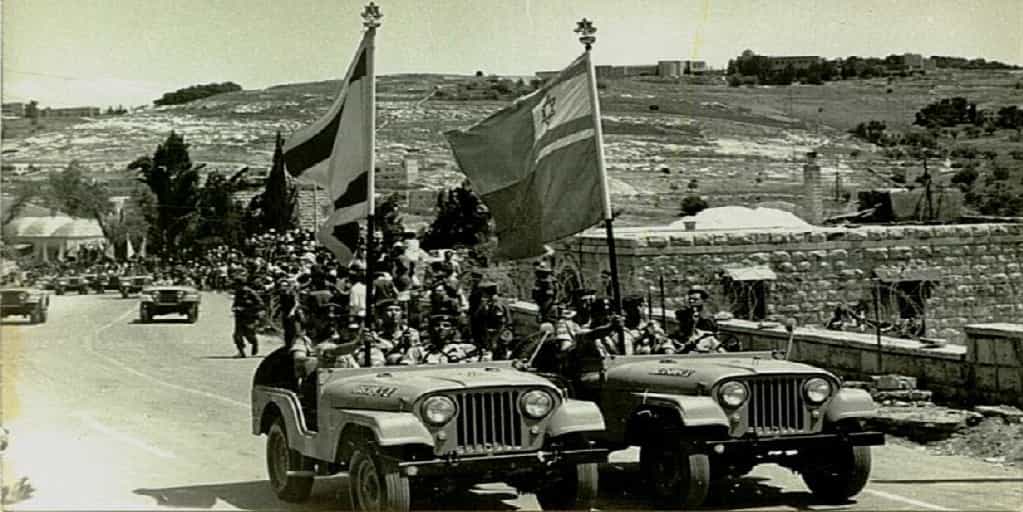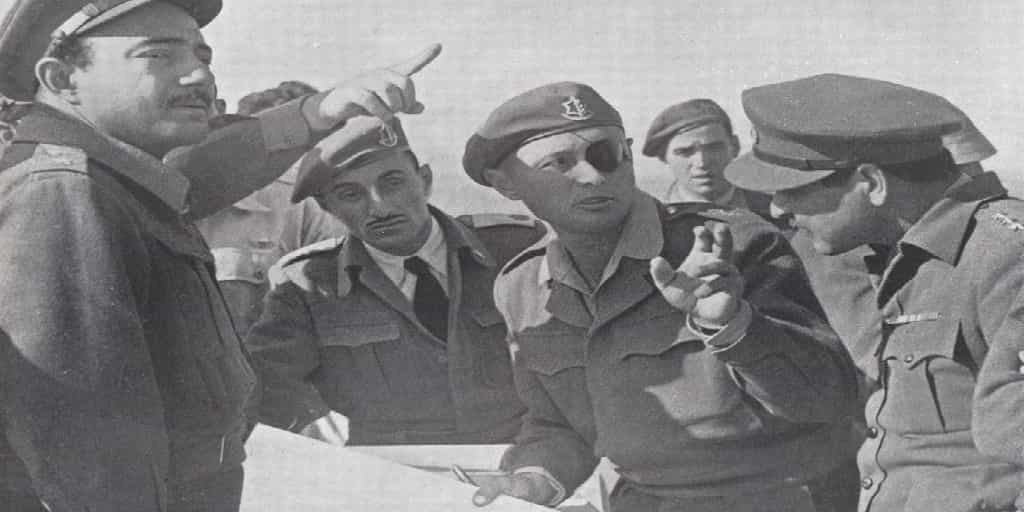This week marks the fiftieth anniversary since the Six Day War of 1967. The war was an intense fight between Israel and Egypt, Jordan, and Syria. And guess how long the war lasted?! Six days!
What led to the Six Day War?
In 1967, the world was deep in the Cold War centered between the United States and the Soviet Union. And because of the tensions between the U.S. and the Soviet Union, both were massively arming the Middle East. The Soviet Union was arming Egypt, and the United States was arming Israel. This arms race created the atmosphere for war.

Nasser, the President of Egypt, had difficulties at home because of the slowed employment rates, increased governmental corruption, etc. He began to try to draw Egyptians’ focus elsewhere. And he did so by preaching Pan Arabism—the unification of the Arab people. He later told the UN representatives in Egypt to leave.
As part of Nasser’s Pan Arabism, he closes the Straits of Tehran, and begins building up troops along the border with Egypt. They brought troops from all over the country, from Yemen, and more. Israel anticipated a war and began preparing. Each side knows that whoever strikes first has a clear and big advantage.
What happens during the Six Day War?
The Soviets decided to test their influence in the region. They told the Syrians that the Israelis are massing troops along the border. It was a completely false story. The Syrians turned to Egypt for help. Nasser has to help because of his rhetoric of Pan-Arabism.
On June 5th, the Israeli Air Force surprise attacked the Egyptian and Syrian Air Forces. Because of this attack, the Egyptians, Jordanians, and Syrians had no offensive weaponry. So begins the Six Day War.

After four days, Israeli had taken Sinai, East Jerusalem, and the West Bank. The Israeli Forces had not yet taken the Golan Heights. But there was a strong lobby and a lot of pressure from the people of the Hula Valley and the border. General Moshe Dayan gave the green light to go towards the Golan Heights. It was a tough two- day battle, but they reached a defense line of volcanoes on the Golan Heights. In six days, the War ends.
What are the implications of the Six Day War?
In six days Israel more than triples its size, and for the first time Israel has some strategic depth. The reunification of Jerusalem is a huge symbol for Jews in Israel and around the world. It was a huge victory for the Israelis. Egypt faced a huge blow to its pride, face, and human life. Jordan lost religious patronage over the Temple Mound and territory. Syria experiences a regime change, and Assad takes over.

On an international level, Israel changed its image around the world. It was no longer the low man on the totem poll. Beginning in 1967, Israel was a force to be reckoned with. The victory of the Six Day War put Israel on the map.
Fifty years later Israel still has the Golan Heights and the West Bank, but Israel gave up the Sinai for peace with Egypt, and no longer controls the Gaza Strip. Yom Yerushalayim is celebrated because of the reunification of Jerusalem. In fifty years, Israel has made great progress. May we have see many more!





